OLD POST ALERT! This is an older post and although you might find some useful tips, any technical or publishing information is likely to be out of date. Please click on Start Here on the menu bar above to find links to my most useful articles, videos and podcast. Thanks and happy writing! – Joanna Penn
One of the reasons I moved back to London from Australia was the density of cultural treasures in this area of the world.
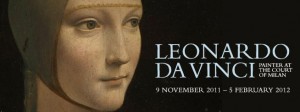
London's National Gallery is currently hosting a Leonardo Da Vinci exhibition; Painter at the Court of Milan and last night I went to see it. As I walked around and read his own words, the similarities between visual art and writing became more apparent.
1) Creation of a idealized world
Leonardo's finished paintings were often not direct pictures of the real world. They were improvements or allegories or portrayal of myth and story. Our writing is often the same. We take aspects of the world and knit them together to create hyper-reality, or we twist things, enhance aspects or disguise them. From the words of Leonardo himself, “If the painter wishes to see beauties that would enrapture him, he is master of their production; and if he wishes to see monstrous things…he is their Lord and God…in fact, therefore, whatever there is in the Universe through essence, presence or imagination, he has it first in his mind and then in his hands.”
2) Practice is critical
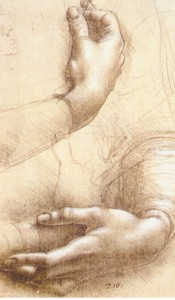
3) Character creation
This quote from Leonardo's diaries caught my eye. “When you make a figure, think well about what it is and what you want it do and see that the work is in keeping with the figure's aim and character.” In painting as much as in writing, you have to decide what you want, decide on the way the character will be and then create to that description.
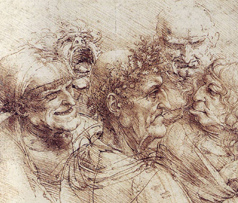
4) Use of archetypes
The Last Supper is a triumph of archetypes with Judas, in particular, being dark-skinned, hook-nosed and clutching a bag of money as the racist stereotype of a betrayer. But archetypes appeal to the human mind, we can instantly hang our thoughts on a pre-existing idea and it helps us understand the depths being portrayed. The saints are often pictured with the instruments of their martyrdom, Sebastian with the arrows for example. I love this language of symbolism and try to weave it into my own writing.
5) Multiple drafts
Drafting for the paintings of Leonardo started with the individual sketches and then culminated in a cartoon. The word is used here to describe a technique 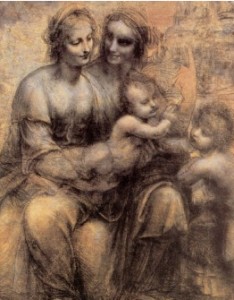
6) Editing
There's a lovely sketch of a kneeling angel where Leonardo has drawn the hand in two places, the same arm raised and lowered, in an attempt to see what the picture would look like with either option. This is an aspect of pentimento, an alteration where the painter has changed his mind during composition. This reminded me of the editing process where we change our work to improve it, either by something we see ourselves or what others help us with. The editing process is crucial to create a fantastic finished product.
7) Artist-entrepreneur
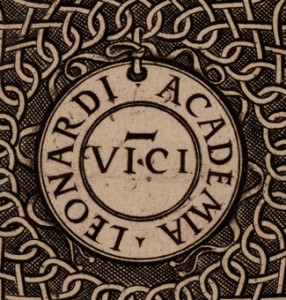
Leonardo was famous being a creative polymath – a painter, sculptor, engineer, but he was also an entrepreneur. He was paid for his works and if he didn't get paid, he sold them elsewhere. The 30 year wait for the payment due for the Virgin of the Rocks is a classic example.
He also had a workshop of artists who did the bulk work for him in order, presumably, to produce more work at a faster pace. I see this in the James Patterson model of writing where he is creative director and has co-writers working with him in order to produce almost a novel a month. Patterson has said “If I'm working with a co-writer, they'll usually write the first draft. And then I write subsequent drafts”. We may criticize his writing but he is one of the highest earning writers in the world and millions buy his books. All artists must consider money in order to survive and then thrive.
If you enjoyed this, you might also enjoy these posts inspired by art:
Do you find art inspiring?
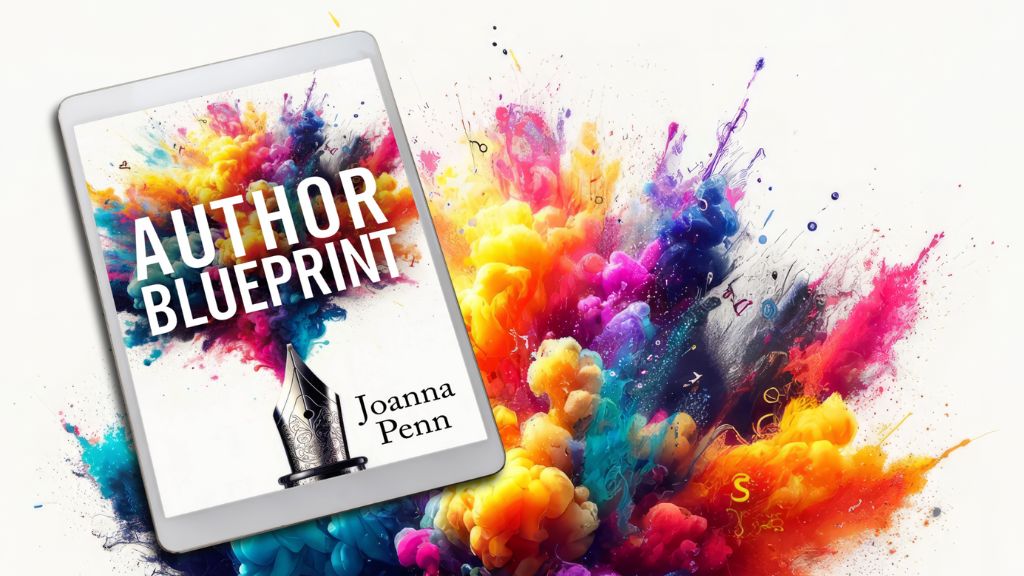
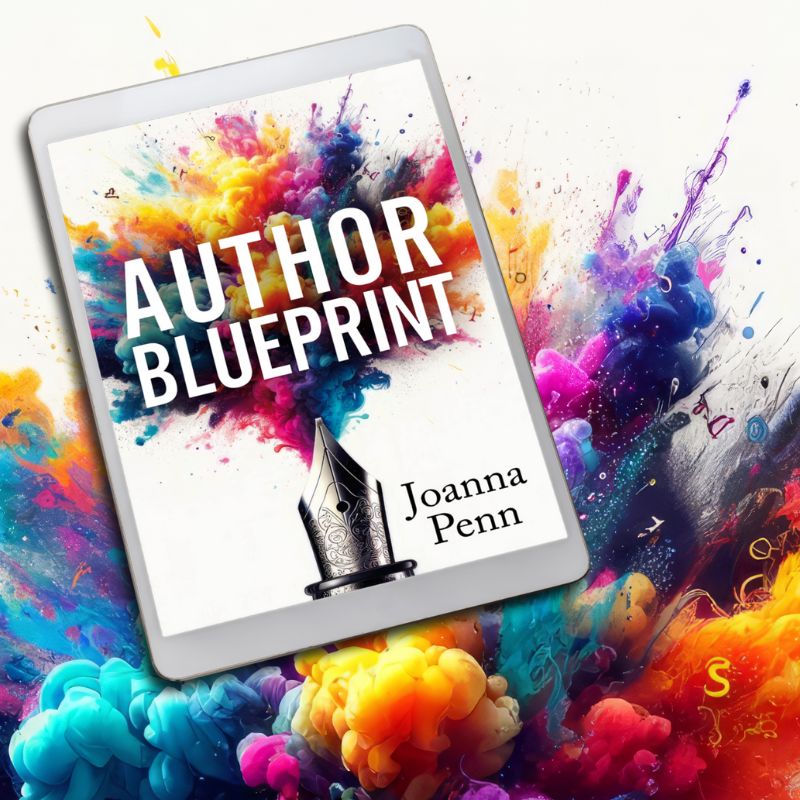
Inspirational Article! – Such an exploration of Analogy with another creative endeavour, is itself also an Art! & it further animates your tips etc on the Writing process!
The Cartoon may be like the Synopsis (to read) before the Total Manuscript which in turn is analogical to the Finished Portrait.
If an Indie Author incorporates an Artistic approach in such a manner, then the Author 2.0 concept might become potentially more powerful than just its definition.
Creative topic to write on, Joanna! I love the part where you talk about the “creation of the idealized world.” Writers tend to write the world that they like, especially fantasy writers. Anyway, I like your recent interview with Ryan Holiday, and it really helped me! 🙂 Keep it up, Joanna!